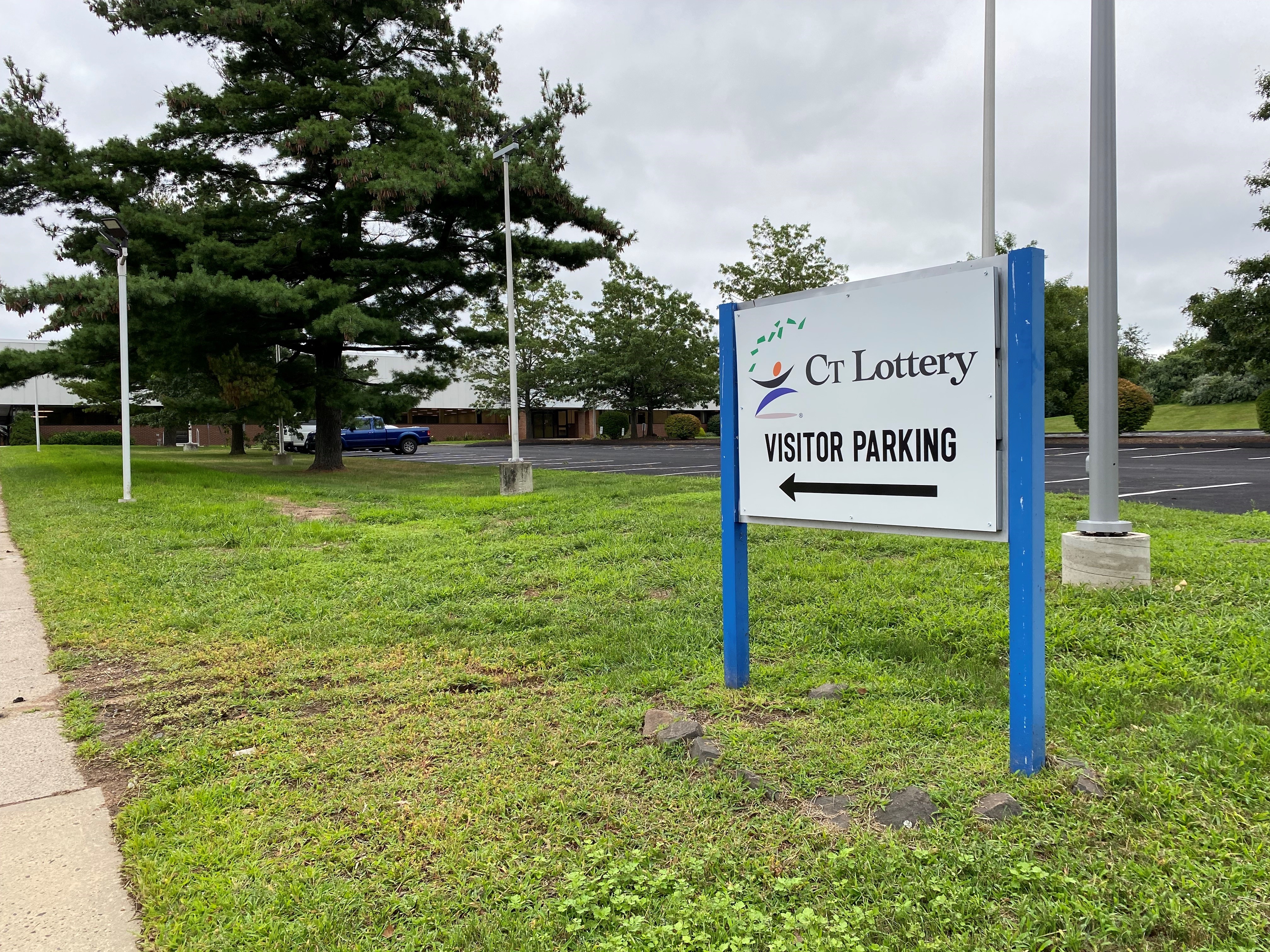During this economic downturn, we've heard a lot of references comparing this economy to that of the Great Depression. But just how similar are the two?
William Qubeck Jr., of Stratford, was just 13 when the stock market torpedoed in 1929.
“Nobody had any work,” he said.
He was young enough to still walk everywhere.
“We used to put cardboard [on our feet]. I got smart, and I put sheet metal in mine. They wear out too much,” he said.
During that time, 13 years old was also old enough to work.
“I got a job up at the dairy, washing milk bottles, 15 cents an hour,” he said.
Local
Which leads us to our first indicator -- unemployment. Right now, roughly 8.5 percent of the country doesn't have a job. At the height of the Great Depression it was much higher.
“It was 25 percent at a time when most households only had one person working, and in urban areas, it was almost 40 percent,” UConn economics professor Fred Carstensen said.
Another difference is that unemployment insurance wasn’t around in the 1930s.
“There's no unemployment insurance, there's no welfare, there's no food stamps, nothing,” Carstensen said.
Then there are the banks.
”Nobody had money in the bank. If you had money in the bank, you'd be well off,” Qubeck said.
If it seems like every time you turn around, another bank is being bailed out, let's look in the rear view mirror.
More than 10,000 banks closed during the Great Depression, compared to more than 40 this year and last combined, according to the FDIC.
“In 1929, there were over 25,000 banks in the United States. Four years later, in 1933, there were fewer than 15,000,” Carstensen said.
Then there's the stock market.
Between the crash of 1929 and 1932, the Dow dove into the dumps.
“The loss was about 80 percent and the market declined for four years,” Carstensen said.
Compare yesteryear's 80 percent with the 54 percent drop in the last two years. So, the Great Depression has us beat on all counts: disappearing jobs, the demise of banks and stock market sell-offs.
But 95-year-old Sarah Sutton of Stratford has some more optimistic memories of the Great Depression.
“It was a Depression, but I think people were better off then than they are really now,” Sutton said.
Better off? But what about the bread lines, the soup kitchens, the shantytowns? Bill York agrees with Sarah. He said it was a good time.
“We had a lot of fun, sometimes we were hungry but we had a lot of fun,” York said.
Fun, in the middle of the worst financial freefall in history? They say their form of a bailout was banding together.
“If you lost your job, you had to rely on family, friends, your church community, your ethnic community because there was nothing there for you in terms of government programs,” Carstensen said.
“Because one farmer would help the other a little bit, and if you needed something, the other neighbor would kick in and help,” Qubeck said.
“The families are growing apart now, and during the Depression, the families were close together,” Sutton said.
“The Great Depression was horrific. It was not great, it was horrific. Currently, we are in a serious contraction. It is a painful contraction, but it is not a life-threatening contraction,” Carstensen said.
In looking toward the future, maybe it makes sense to look back and learn some lessons from some those who lived through it.



